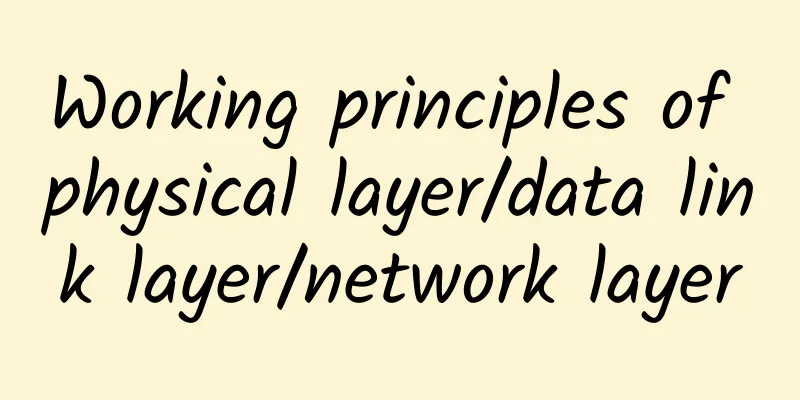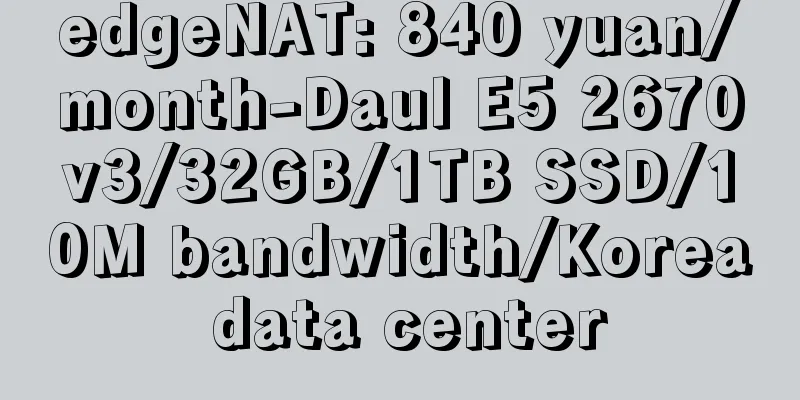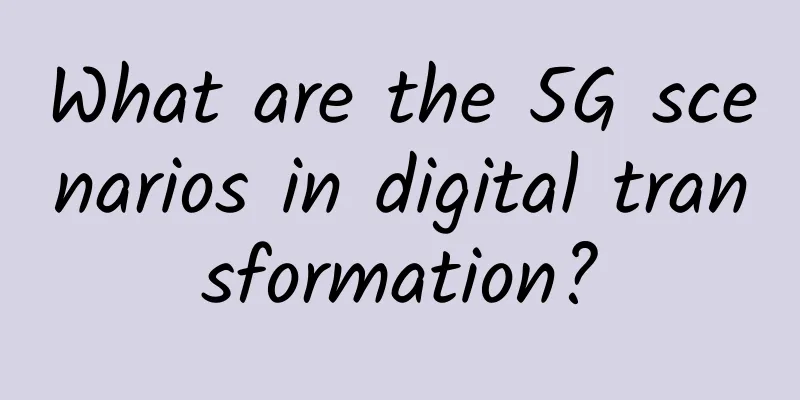Working principles of physical layer/data link layer/network layer

|
Physical Layer Physical layer equipment
Hubs operate at the physical layer
Domain of network devices Collision: In Ethernet, when two nodes transmit data at the same time, the frames sent from the two devices will collide and meet on the physical medium, and the data of each other will be destroyed. Collision domain A network segment that supports shared media Broadcast domain: The network range where broadcast frames are transmitted. The boundaries are usually set by routers (because routers do not forward broadcasts). The same collision domain
Carrier sense multiple access/collision detect (CSMA/CD): A medium access control method. When different nodes in the same shared network transmit data packets at the same time, conflicts are inevitable. The CSMA/CD mechanism is used to resolve such conflicts. How CSMA/CD works When a node wants to send data in the network, it first checks whether there are signals from other hosts being transmitted on the line: if so, it means that other hosts are sending data, and it will use the backoff algorithm to wait for a while before trying to send again; if there are no signals from other hosts on the line, it will send the data and keep monitoring the line to make sure that other hosts are not sending data. If other signals are detected, it will send a JAM blocking signal to notify other nodes on the network segment to stop sending data. At this time, other nodes must also use the backoff algorithm to wait for a while before trying to send again. Important Features of CSMA/CD Ethernet using the CSMA/CD protocol cannot perform full-duplex communication but can only perform two-way alternating communication (half-duplex communication). There is a possibility of collision for each station within a short period of time after sending data. This uncertainty in transmission makes the average communication volume of the entire Ethernet much less than the maximum data rate of Ethernet. Data Link Layer MAC sublayer (media access control): Responsible for MAC addressing and defining media access control methods, encapsulating the data handed down by the upper layer into frames for transmission (the opposite process is performed when receiving, and the frames are disassembled) LLC sublayer (logical link control): provides SAP (service access point) for the upper layer protocol, adds control information to the data, establishes and releases the logical connection of the data link layer LLC sublayer protocol: 802.2 The 802.2 protocol is only in the LLC sublayer, providing common functions for Ethernet and Token Ring networks, and identifying the protocol used by the upper layer. SAP (Service Access Point): The LLC sublayer provides services for various protocols of the network layer, while the upper layer may run different protocols. In order to distinguish the data of different upper layer protocols, a service access point is used. Header Network Layer
Network layer functions
Reliable transport layer function, establish three-way handshake The significance and defects of OSI model Significance of OSI Model
Flaws of the OSI Model
|
<<: Clarity: Docker's four network modes
>>: Looking at 5G from a different perspective: Don’t talk about technology, talk about demand
Recommend
Crowd selection and data service practice based on MaxCompute + Hologres
Basic logical architecture of the crowd selection...
Thanks to the broadband technician's reminder, I know that the router should be "turned off regularly". No wonder the WiFi is slow and slow.
Nowadays, wireless WIFI networks are available in...
First release | The creator of the low-code concept has proposed a new development paradigm
[[418257]] The advent of the cloud-native era has...
No wonder 4G is faster than 5G now. The secrets of 4G you don’t know
I don’t know if you have noticed that it is obvio...
Academician Zhang Ping: 6G and 5G do not conflict, they are an iterative relationship
While the entire industry is still looking for ki...
A brief discussion on IPv6 intrusion and defense
Preface Recently, some customers started the tran...
Xi'an University of Science and Technology's Smart New Campus 2.0, layout of "IT unified smart operation and maintenance" (Part 1): IT asset full life cycle management
Xi’an University of Architecture and Technology i...
From edge to 5G, Inspur’s battle for the beachhead
The word "edge" suddenly became extreme...
The rise of cybercrime today: how to deal with cybersecurity threats
Cybersecurity professionals are constantly protec...
spinservers: 10-40Gbps bandwidth, unlimited traffic, online servers starting from $1699/month
A few days ago, we shared information about spins...
RackNerd: AMD Ryzen series promotion starts at $18/year, Dallas/Seattle/New York and other data centers
RackNerd has once again released a promotional pa...
No more restrictions! Detailed explanation of FRP intranet penetration, making remote access simple!
1. Introduction frp is a high-performance reverse...
List of the most common Internet SIM cards: Choose the right one and save a lot of money
At present, many Internet companies have joined h...
NexusBytes: US VPS monthly payment starts from 2 USD, Singapore/Japan VPS monthly payment starts from 3.2 USD, large hard disk VPS monthly payment starts from 4 USD
The tribe once shared information about NexusByte...
Currently, CDN security is far from enough
Today, many businesses realize that DDoS defense ...









